

Articles
What Is A PTAC HVAC Unit
Modified: August 27, 2024
Discover the benefits and features of PTAC HVAC units in our informative articles. Learn everything you need to know about these versatile heating and cooling systems.
(Many of the links in this article redirect to a specific reviewed product. Your purchase of these products through affiliate links helps to generate commission for Storables.com, at no extra cost. Learn more)
Introduction
Welcome to the world of HVAC systems, where temperature control and comfort are of utmost importance. When it comes to heating, ventilation, and air conditioning, there are a variety of options available, each catering to different needs and requirements. One such option is the PTAC HVAC unit.
But what exactly is a PTAC HVAC unit? and how does it work? In this article, we will explore the ins and outs of PTAC units, including their advantages, disadvantages, applications, and maintenance. Whether you are a homeowner, business owner, or simply curious about HVAC systems, this article will provide you with a comprehensive understanding of PTAC units.
So, let’s dive in and discover everything you need to know about PTAC HVAC units.
Key Takeaways:
- PTAC HVAC units offer individual temperature control, cost-effectiveness, and easy installation, making them practical for hotels, apartments, and offices. However, they may have limitations in cooling capacity and potential noise levels.
- When considering PTAC units, it’s crucial to weigh factors such as initial cost, operating expenses, and maintenance requirements. Understanding their advantages and limitations will help make informed decisions for optimal climate control.
Read more: What Is A PTAC Air Conditioner
Definition of PTAC HVAC Unit
A PTAC (Packaged Terminal Air Conditioner) HVAC unit is a self-contained heating, cooling, and ventilation system that is commonly used in hotels, motels, apartments, and other multi-room buildings. It is designed to provide individual temperature control to each room or area it serves.
PTAC units are typically installed through a wall or in a window space, with one side facing the interior space and the other side exposed to the exterior. These units are known for their compact size and versatility, making them a popular choice in situations where a central HVAC system may not be feasible or cost-effective.
PTAC units consist of two main components: an indoor unit and an outdoor unit. The indoor unit contains the evaporator coil, blower fan, and controls, while the outdoor unit houses the condenser coil, compressor, and fan. These components work together to heat or cool the air and provide ventilation as needed.
How PTAC Units Work
PTAC units work on the principle of extracting heat from the air inside the room and transferring it to the outside, or vice versa, depending on whether heating or cooling is required.
During the cooling mode, the PTAC unit pulls in warm air from the room through a return air grille. This air passes over the cold evaporator coils, where the heat is absorbed, and moisture is condensed. The cool, dehumidified air is then circulated back into the room, while the heat absorbed by the refrigerant is released to the outdoor environment through the condenser coils.
On the other hand, during the heating mode, the PTAC unit extracts heat from the outdoor air using a reversing valve or electric resistance heating elements. The heated air is then circulated into the room, providing warmth and comfort.
In addition to heating and cooling, PTAC units also provide ventilation. Most PTAC models have a fan-only mode, which allows the unit to circulate fresh air from the outside without any heating or cooling. This can be useful in improving indoor air quality and maintaining a constant flow of fresh air.
The temperature control in PTAC units is typically achieved through a thermostat located on the unit itself or through a remote control. This allows users to adjust the temperature according to their comfort preferences in each individual room.
Advantages of PTAC Units
PTAC units come with a range of advantages that make them a popular choice in various settings. Here are some of the key advantages of PTAC units:
- Individual Temperature Control: One of the main advantages of PTAC units is the ability to provide individual temperature control to each room or area it serves. This allows occupants to customize the temperature to their liking, ensuring maximum comfort.
- Cost-Effective: PTAC units are a cost-effective HVAC solution, especially in situations where a central HVAC system may be impractical or expensive to install. Since each unit serves a specific area, there is no need for ductwork, reducing installation and maintenance costs.
- Energy Efficiency: PTAC units are designed to be energy-efficient, with many models incorporating advanced features such as programmable thermostats and energy-saving modes. These features help to optimize energy usage and reduce utility bills.
- Easy Installation: PTAC units are relatively easy to install, as they can be mounted through a wall or in a window space. This makes them a popular choice for retrofitting in existing buildings or for temporary installations.
- Zoned Heating and Cooling: With PTAC units, it is possible to have different temperature settings in different rooms or areas, creating zones within a building. This flexibility allows for personalized comfort and energy efficiency by only conditioning the spaces that are in use.
- Quiet Operation: PTAC units are designed to operate quietly, ensuring minimal noise disturbance. This is especially important in hotel rooms, apartments, or other areas where occupant comfort is a priority.
- Easy Maintenance: PTAC units are easy to maintain, with many models having washable filters and accessible components. Regular cleaning and maintenance can help prolong the lifespan of the unit and ensure optimal performance.
Disadvantages of PTAC Units
While PTAC units have several advantages, they also come with a few limitations and disadvantages that should be considered. Here are some of the common drawbacks associated with PTAC units:
- Limited Cooling and Heating Capacity: PTAC units are designed to provide temperature control for individual rooms or smaller spaces. As a result, they may not be suitable for cooling or heating larger areas or open floor plans.
- Increased Noise Levels: While PTAC units are designed to operate quietly, they can still produce noticeable noise, especially during the cooling or heating process. This can be a concern in areas where noise control is crucial, such as hotel rooms or bedrooms.
- Loss of Window Space: PTAC units that are installed in window spaces can obstruct the view and limit natural light. This can be a drawback, particularly in areas where natural lighting is desired or scenic views are important.
- Potential for Air Leakage: Improper installation or aging seals can lead to air leakage around the PTAC unit. This can result in reduced energy efficiency, as conditioned air escapes and outside air infiltrates the space.
- Less Aesthetically Pleasing: The presence of PTAC units on the interior or exterior of a building may not be aesthetically appealing to some individuals. This can impact the overall appearance and design of a space.
- Regular Maintenance Requirements: Although maintenance for PTAC units is relatively simple, it still requires regular attention. Filters need to be cleaned or replaced, coils should be inspected, and overall unit cleanliness must be maintained to ensure optimal performance.
- Dependence on Electricity: PTAC units rely on electricity for operation, which means that power outages or electrical failures can disrupt their functionality. In such cases, alternative heating or cooling methods may be necessary.
While these disadvantages exist, considering the specific needs and requirements of the space will help determine if a PTAC unit is the right choice.
When considering a PTAC HVAC unit, make sure to check the unit’s cooling and heating capacity to ensure it meets the needs of the space it will be installed in.
Read more: What Is An AC
Comparison with Other HVAC Systems
When it comes to HVAC systems, there are different options available, each with its own set of advantages and disadvantages. Let’s compare PTAC units with other commonly used HVAC systems:
1. Central Air Conditioning: Central air conditioning systems are typically used in larger buildings or homes with ductwork. Unlike PTAC units, central AC systems cool the entire building or home from a central location. While central AC systems provide consistent cooling throughout the space, they can be more expensive to install and require regular maintenance of the ductwork.
2. Ductless Mini-Split Systems: Ductless mini-split systems are similar to PTAC units in that they provide individual temperature control to specific zones or rooms. However, mini-split systems do not require ductwork and consist of an outdoor unit and one or multiple indoor units. Mini-split systems offer greater flexibility in terms of installation options and are generally more energy-efficient. However, they may require professional installation and can be more expensive upfront.
3. Window Air Conditioners: Window air conditioners are the most basic and affordable cooling option. They are designed to fit into a window space, similar to PTAC units. However, window AC units lack the versatility and aesthetic appeal of PTAC units. Additionally, they typically have lower cooling capacities and may not provide as even temperature distribution as PTAC units.
4. Heat Pumps: Heat pumps are a versatile HVAC system that can provide both heating and cooling. Like PTAC units, heat pumps are self-contained units that transfer heat between the indoor and outdoor environments. However, heat pumps are typically more expensive than PTAC units and may require additional installation considerations, such as ground or water source heat pumps.
It is important to weigh the specific needs and requirements of your space, along with budget considerations, when deciding on the most suitable HVAC system. Each system has its own benefits and limitations, and understanding these differences will help you make an informed decision.
Common Applications of PTAC Units
PTAC units are widely used in various settings due to their versatility and individual temperature control capabilities. Here are some of the common applications where PTAC units are commonly found:
- Hotels and Motels: PTAC units are extensively used in hotels and motels, providing individual climate control in each guest room. This allows guests to adjust the temperature according to their preferences, ensuring a comfortable stay.
- Apartment Buildings: Many apartment buildings utilize PTAC units to provide heating and cooling to individual units. This allows tenants to have control over their indoor climate while minimizing energy consumption.
- Office Buildings: PTAC units are often installed in individual offices or smaller areas within office buildings. They offer temperature control for individual spaces, allowing employees to personalize their comfort levels.
- Assisted Living Facilities: PTAC units are commonly used in assisted living facilities, providing temperature control in individual rooms or living quarters. They allow residents to have control over their own comfort, promoting a pleasant living environment.
- Classrooms and Educational Facilities: PTAC units are used in classrooms and educational facilities to regulate the temperature and create a comfortable environment for students and teachers. They offer flexibility and energy efficiency, ensuring a conducive learning environment.
- Hospitals and Healthcare Facilities: PTAC units are found in hospitals and healthcare facilities, providing individual temperature control in patient rooms. This is essential for patient comfort and recovery, as well as for maintaining optimal conditions for medical equipment.
- Retail Stores and Boutiques: In retail settings, PTAC units are often used to maintain a comfortable shopping environment for customers. They allow for individual temperature control in specific areas, ensuring a pleasant experience for shoppers.
- Temporary Installations: PTAC units are also popular for temporary installations, such as construction sites, portable offices, and events. They provide quick and efficient heating and cooling solutions without the need for complex ductwork.
These are just a few examples of the many applications where PTAC units are commonly used. Their versatility and ability to provide individual temperature control make them a practical choice in various settings.
Maintenance and Care for PTAC Units
Proper maintenance and care are essential for ensuring the optimal performance and longevity of PTAC units. Here are some important maintenance tips to keep your PTAC unit running smoothly:
- Regular Cleaning: Keep the unit clean by regularly removing dust, dirt, and debris from the filters and coils. Dirty filters can restrict airflow and reduce efficiency, while dirty coils can decrease cooling and heating capacity. Clean or replace filters as recommended by the manufacturer.
- Inspect and Clean Condenser and Evaporator Coils: Over time, dust and debris can accumulate on the condenser and evaporator coils, reducing their efficiency. Inspect the coils regularly and clean them using a soft brush or vacuum cleaner to maintain optimal heat transfer.
- Check Drainage System: Inspect the condensate drain and ensure it is clear of any blockages. A clogged drain can lead to water leakage and potential damage to the unit or surrounding areas. Clean the drain line regularly to prevent buildup.
- Inspect Fan Motor and Blades: Check the fan motor and blades for any signs of wear, damage, or excessive dirt buildup. Clean the blades and lubricate the motor if necessary to ensure proper airflow and smooth operation.
- Test and Calibrate Thermostat: Check the thermostat periodically to ensure it is accurately sensing and controlling the temperature. If necessary, calibrate the thermostat or replace it if it is malfunctioning.
- Check Electrical Connections: Regularly inspect the electrical connections and wiring for any signs of damage or loose connections. Ensure all connections are secure and tighten if necessary.
- Inspect Exterior Components: Check the exterior grille and fins for any obstructions or damage. Clean the grille and straighten any bent fins to ensure proper airflow and improved efficiency.
- Schedule Professional Maintenance: While there are regular maintenance tasks that you can perform yourself, it is recommended to schedule professional maintenance at least once a year. A trained HVAC technician can perform a comprehensive check-up, clean the internal components, and address any potential issues or repairs.
- Follow Manufacturer’s Guidelines: Always refer to the manufacturer’s guidelines and instructions for specific maintenance recommendations and procedures. Different brands and models may have slightly different maintenance requirements, so it is important to follow the guidelines provided.
By following these maintenance tips and caring for your PTAC unit regularly, you can ensure its optimal performance, energy efficiency, and longevity.
Cost Considerations
When considering the cost of a PTAC unit, there are several factors to take into account. Understanding these cost considerations will help you make an informed decision and budget accordingly:
- Initial Cost: The upfront cost of purchasing and installing a PTAC unit can vary depending on the brand, model, and features. Generally, PTAC units are more affordable compared to central HVAC systems, but the specific cost will depend on the size and capacity of the unit.
- Installation Expenses: In addition to the cost of the unit itself, you may need to consider installation expenses. These can include labor costs for professional installation, any necessary modifications to the building structure, and the cost of any additional materials required for installation, such as wall sleeves or brackets.
- Operating Costs: The operating costs of a PTAC unit encompass the costs of energy consumption for heating, cooling, and ventilation. It is important to consider the energy efficiency rating of the unit, as higher efficiency units can help reduce long-term operating costs. Additionally, factors such as local utility rates and the frequency of use will impact the overall operating costs.
- Maintenance and Repair: Regular maintenance is crucial for PTAC units and may involve costs for cleaning supplies, replacement filters, and any necessary repairs. It is advisable to budget for routine maintenance and factor in the potential for occasional repair costs over the lifespan of the unit.
- Longevity and Durability: Considering the longevity and durability of the unit is important in terms of cost. Investing in a higher-quality PTAC unit may have a higher upfront cost but can result in greater reliability and a longer lifespan, potentially reducing long-term replacement or repair costs.
- Warranty Options: Warranty coverage varies among manufacturers and models. It is important to review the warranty terms and conditions, including the duration of coverage and what is included. A longer and more comprehensive warranty can provide peace of mind and potentially cover repair or replacement costs within the specified timeframe.
- Return on Investment: Cost considerations should also take into account the potential return on investment. A PTAC unit can improve comfort, energy efficiency, and potentially increase the value of the property. Assessing the long-term benefits and potential savings in energy costs can help justify the initial investment.
It is recommended to thoroughly research and compare prices, energy efficiency ratings, warranty options, and other relevant factors before making a decision. Additionally, consulting with HVAC professionals can provide valuable insights and help to determine the most cost-effective solution for your specific needs and budget.
Read more: What Is TXV In HVAC
Conclusion
PTAC HVAC units offer a versatile and practical solution for individual temperature control in various settings. Whether you are a hotel owner, property manager, or homeowner, understanding the ins and outs of PTAC units is essential for making informed decisions regarding heating, cooling, and ventilation needs.
In this article, we have explored the definition of PTAC HVAC units, how they work, their advantages, disadvantages, common applications, maintenance requirements, and cost considerations. PTAC units are known for their individual temperature control, cost-effectiveness, energy efficiency, and easy installation. However, they also come with limitations such as limited cooling and heating capacity and potential noise levels.
When comparing PTAC units to other HVAC systems, it is essential to consider factors such as central air conditioning, ductless mini-split systems, window air conditioners, and heat pumps to determine the best fit for your specific needs and budget.
To ensure the optimal performance and longevity of PTAC units, regular maintenance and care are crucial. Cleaning filters and coils, inspecting electrical connections, and scheduling professional maintenance visits are all part of ensuring efficient operation and extending the life of the unit.
Cost considerations encompass the initial cost of the unit, installation expenses, operating costs, and potential maintenance and repair costs. It is important to weigh these factors and consider the return on investment when determining the affordability and value of a PTAC unit.
In conclusion, PTAC units are a valuable HVAC solution that provides individual temperature control, energy efficiency, and versatility in various applications. By understanding their capabilities and limitations, along with proper maintenance and care, PTAC units can offer reliable and comfortable climate control for years to come.
Frequently Asked Questions about What Is A PTAC HVAC Unit
Was this page helpful?
At Storables.com, we guarantee accurate and reliable information. Our content, validated by Expert Board Contributors, is crafted following stringent Editorial Policies. We're committed to providing you with well-researched, expert-backed insights for all your informational needs.

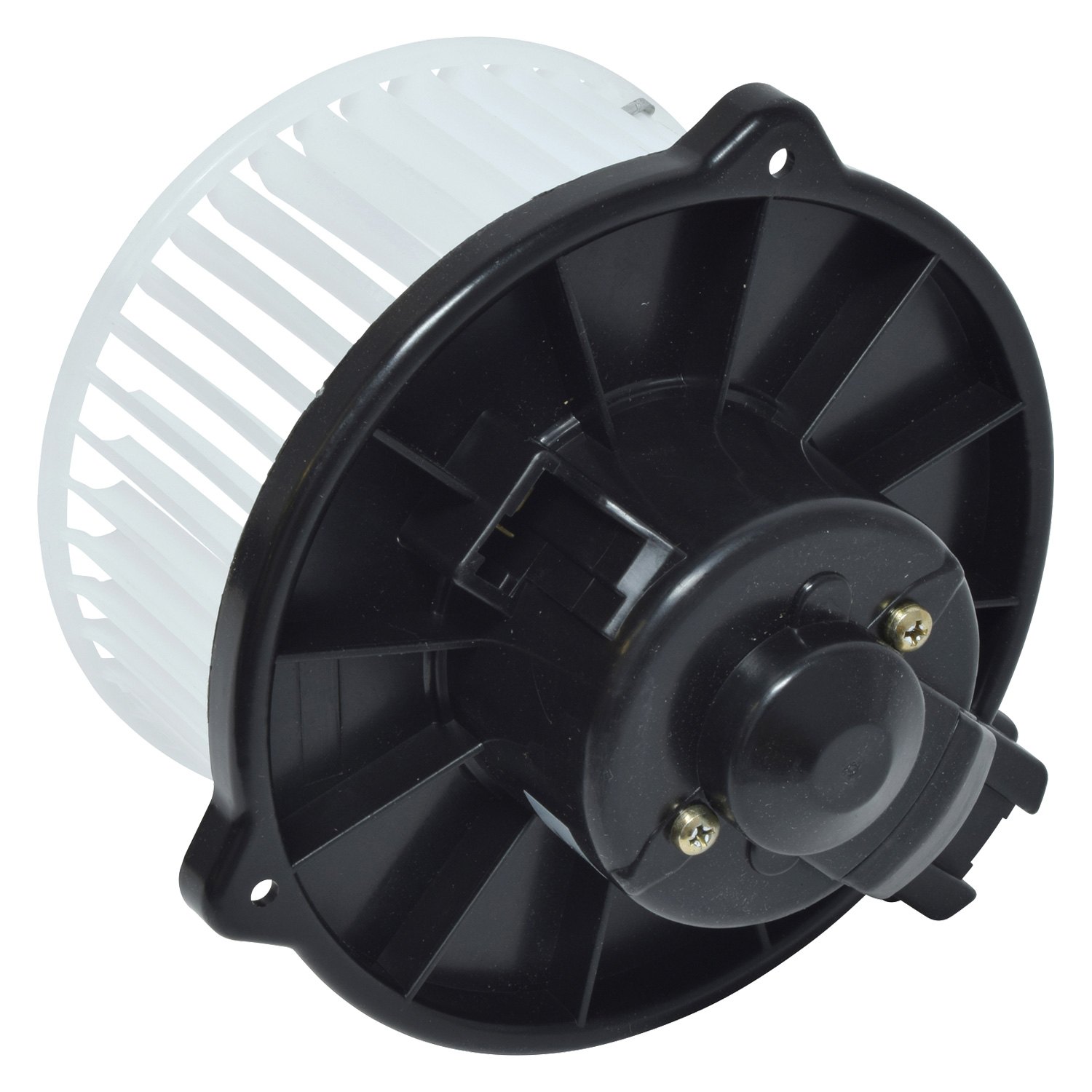
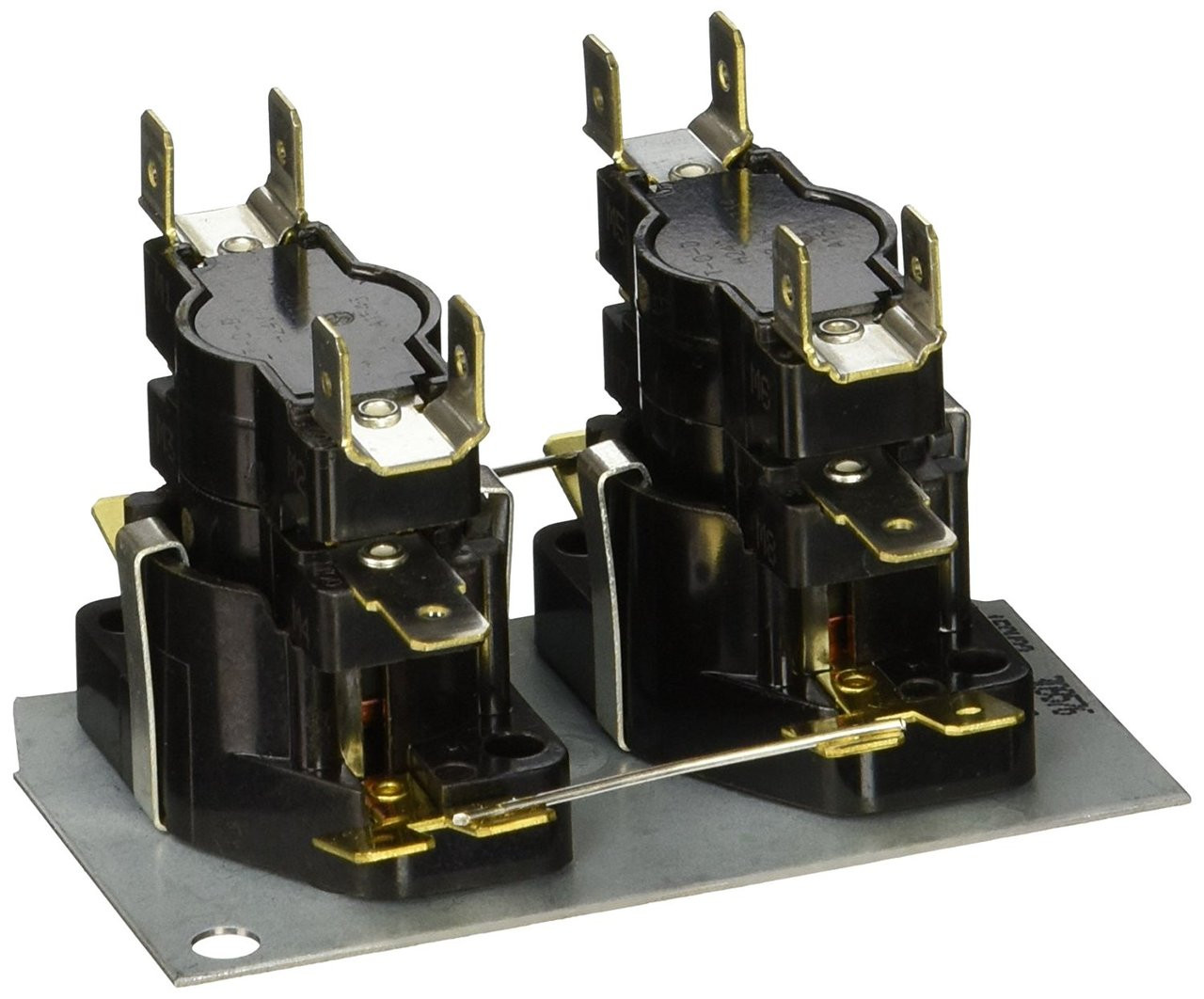
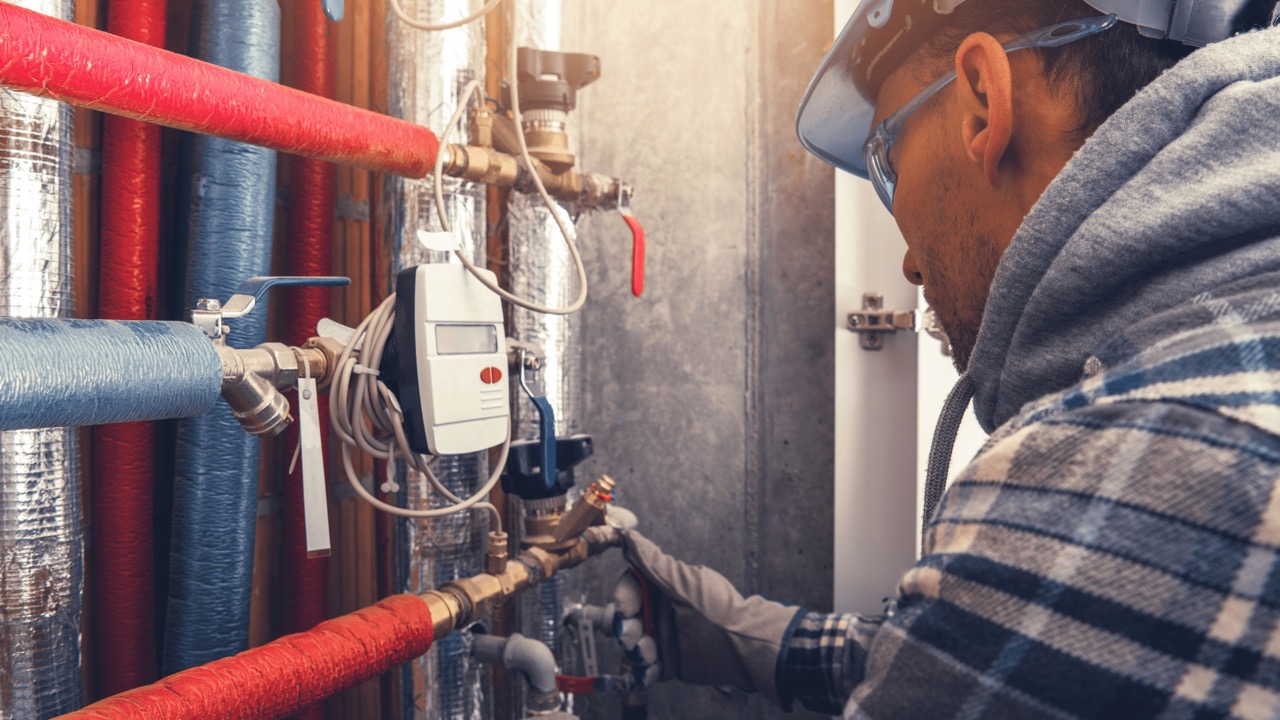
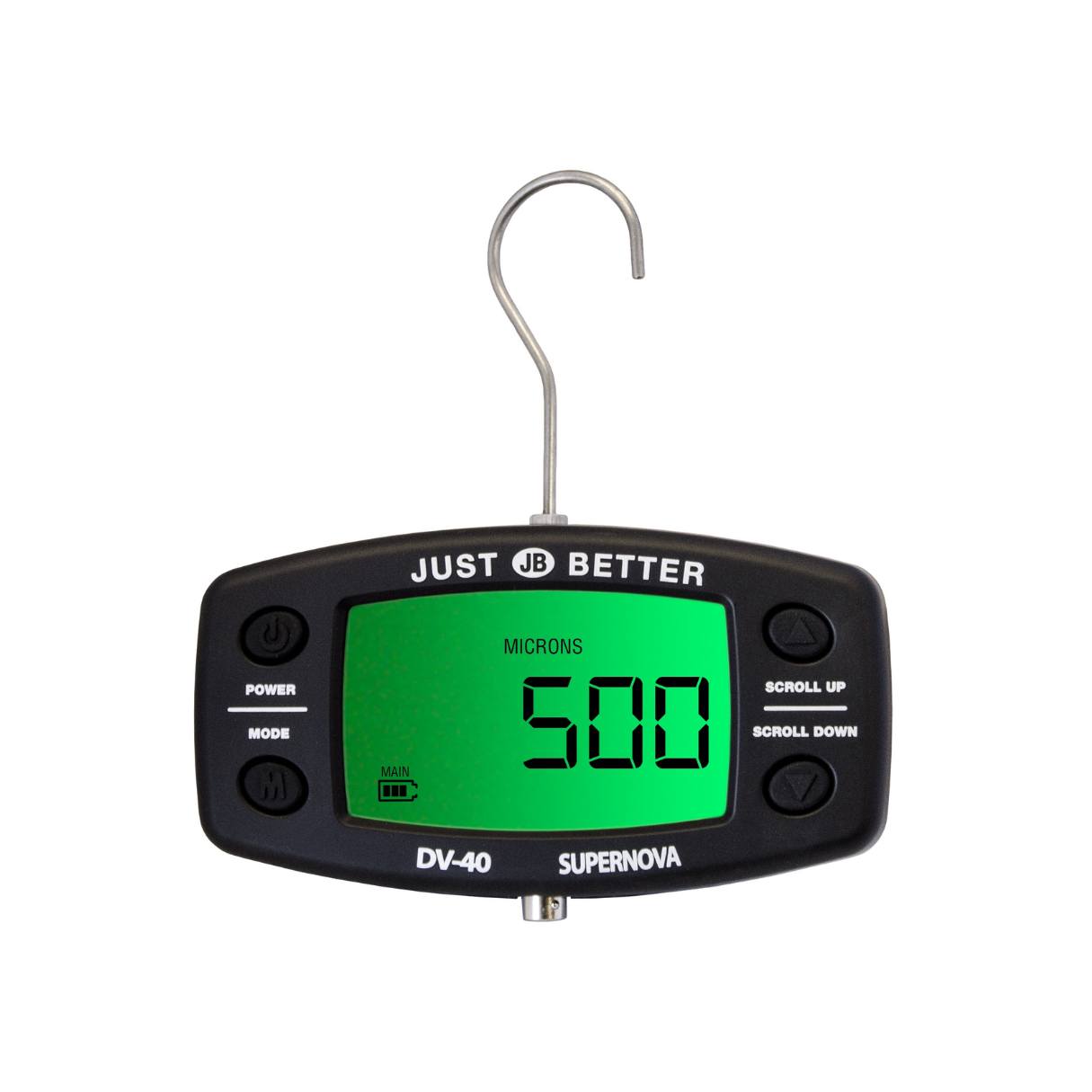
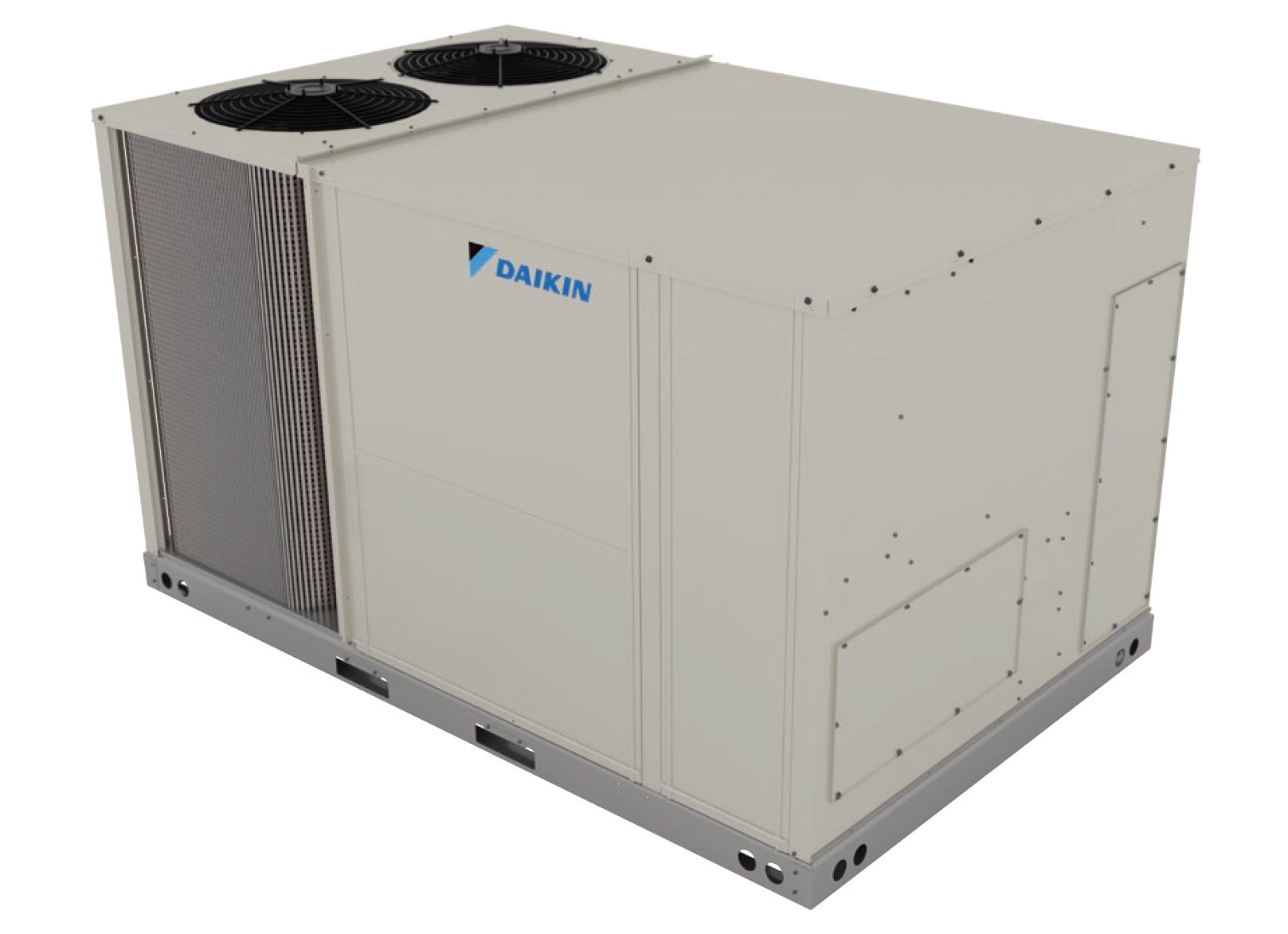
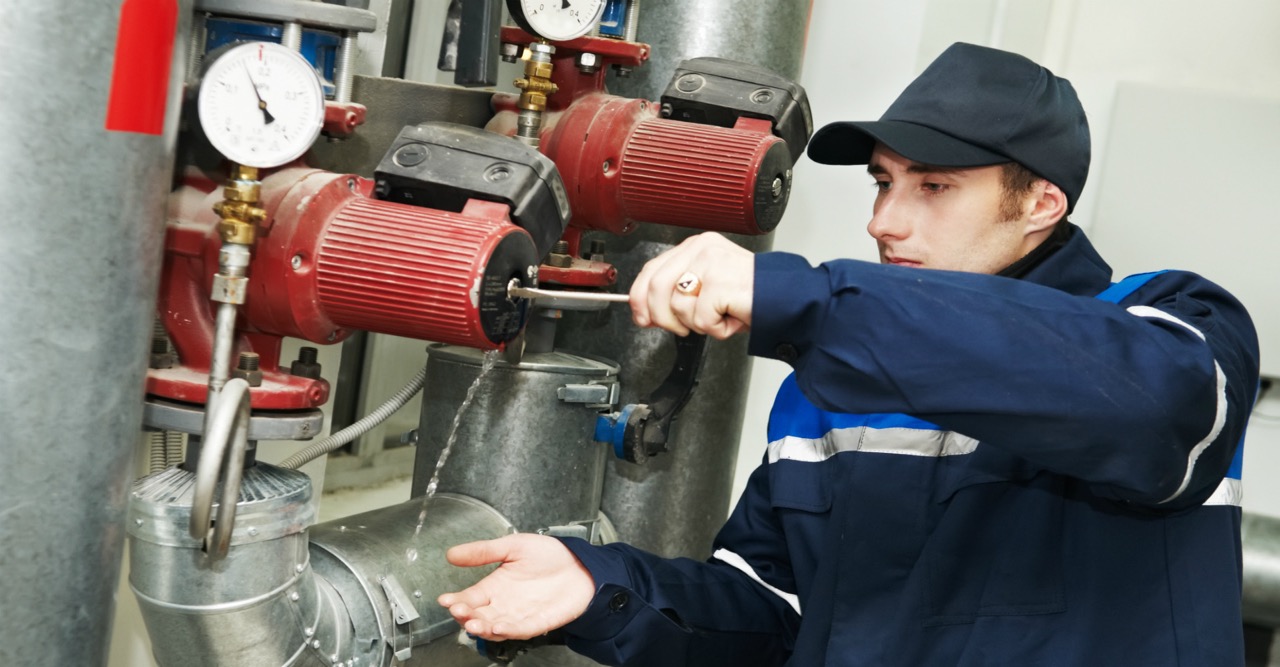
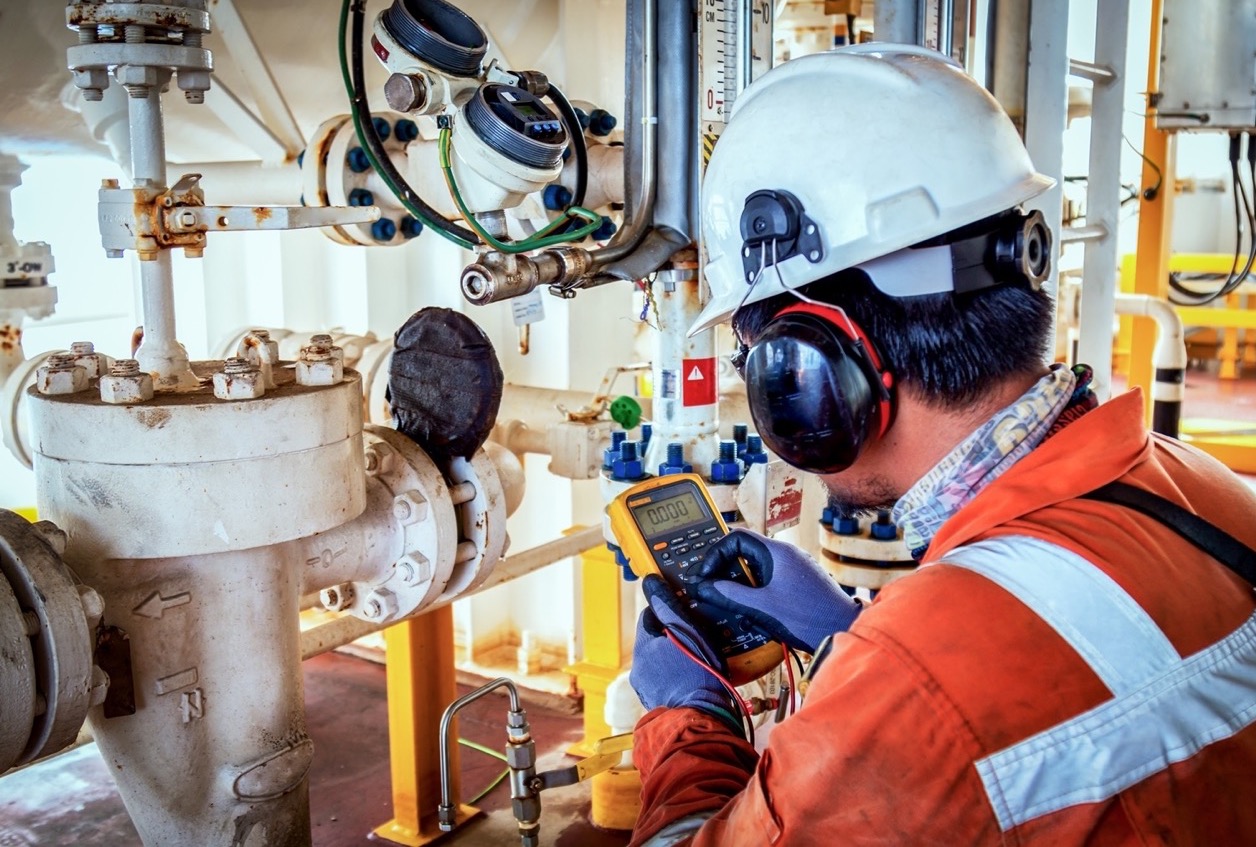
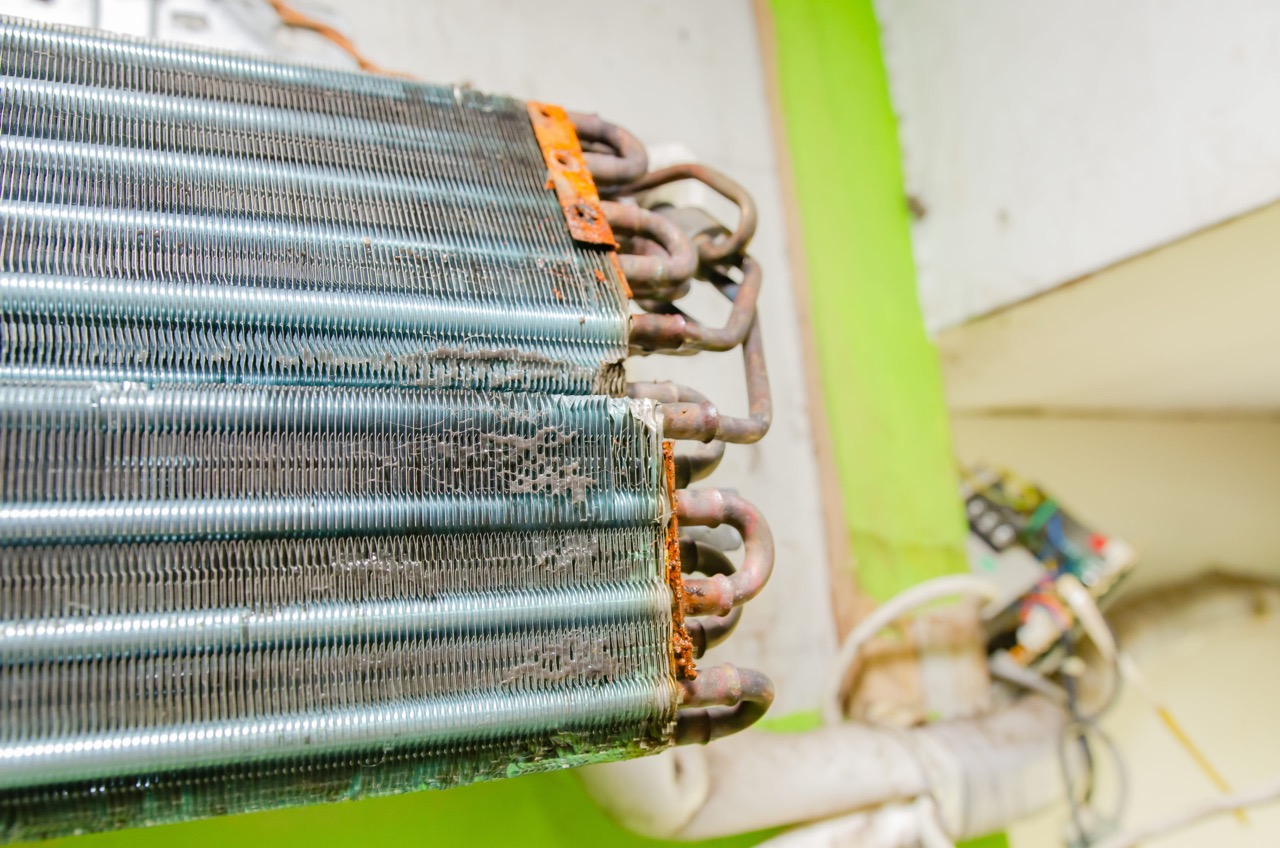
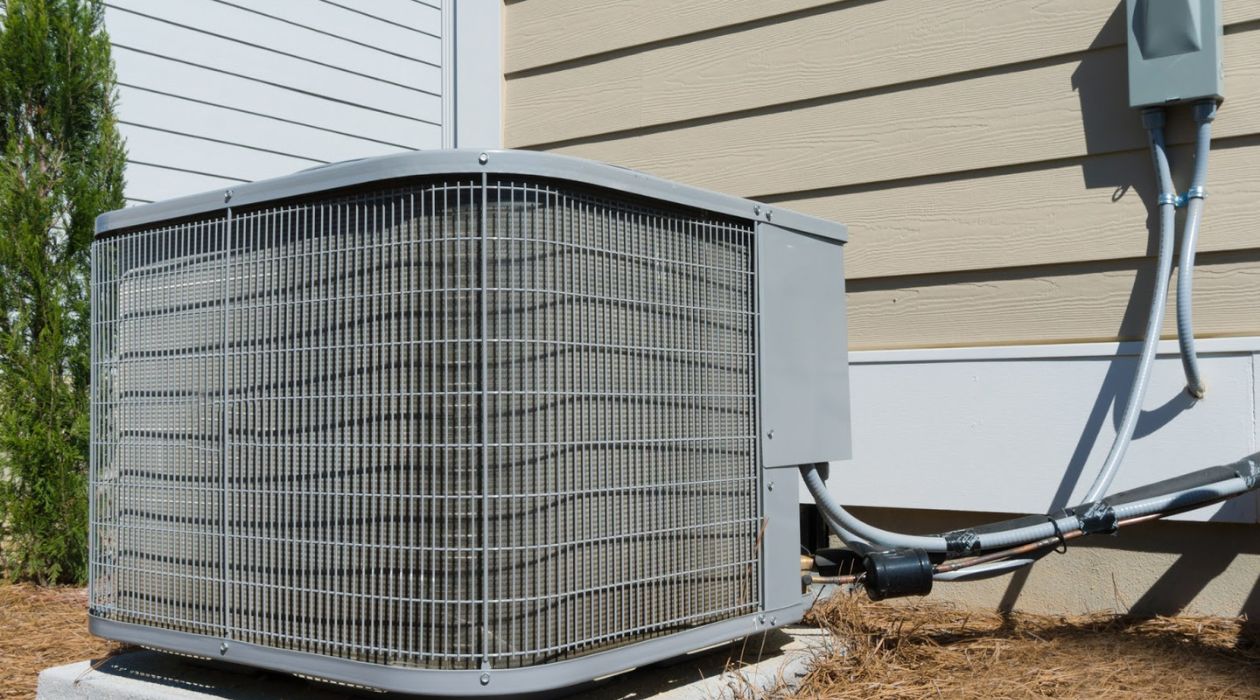
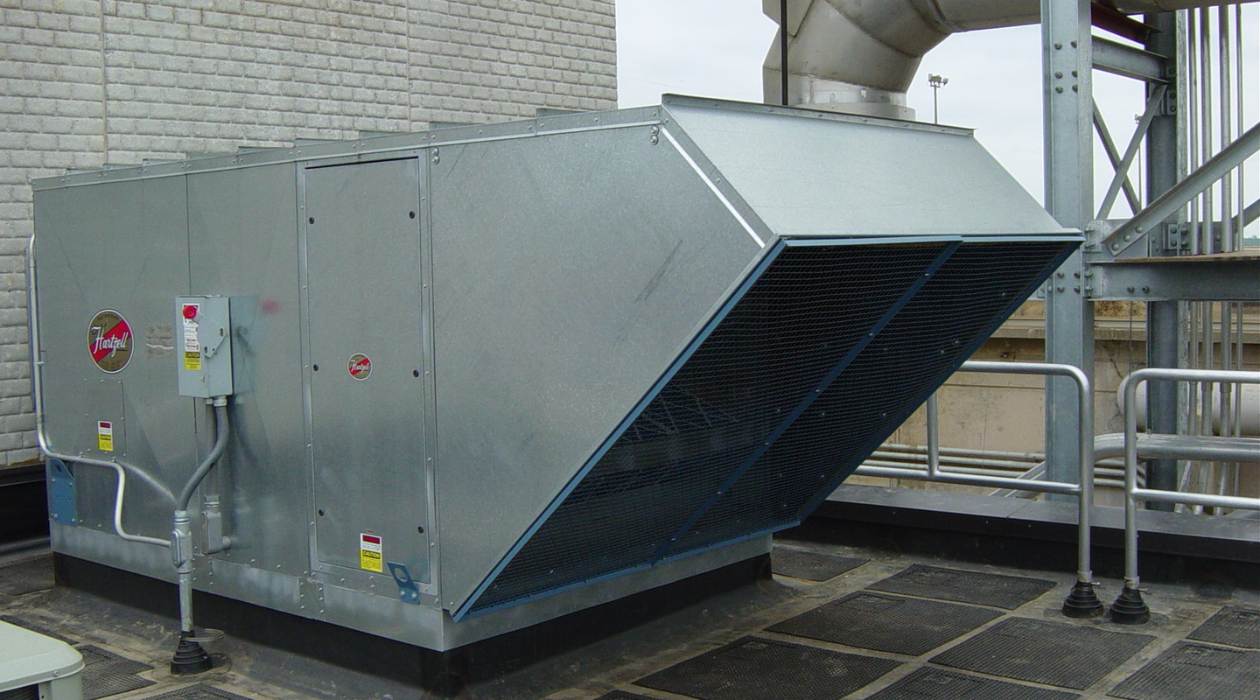
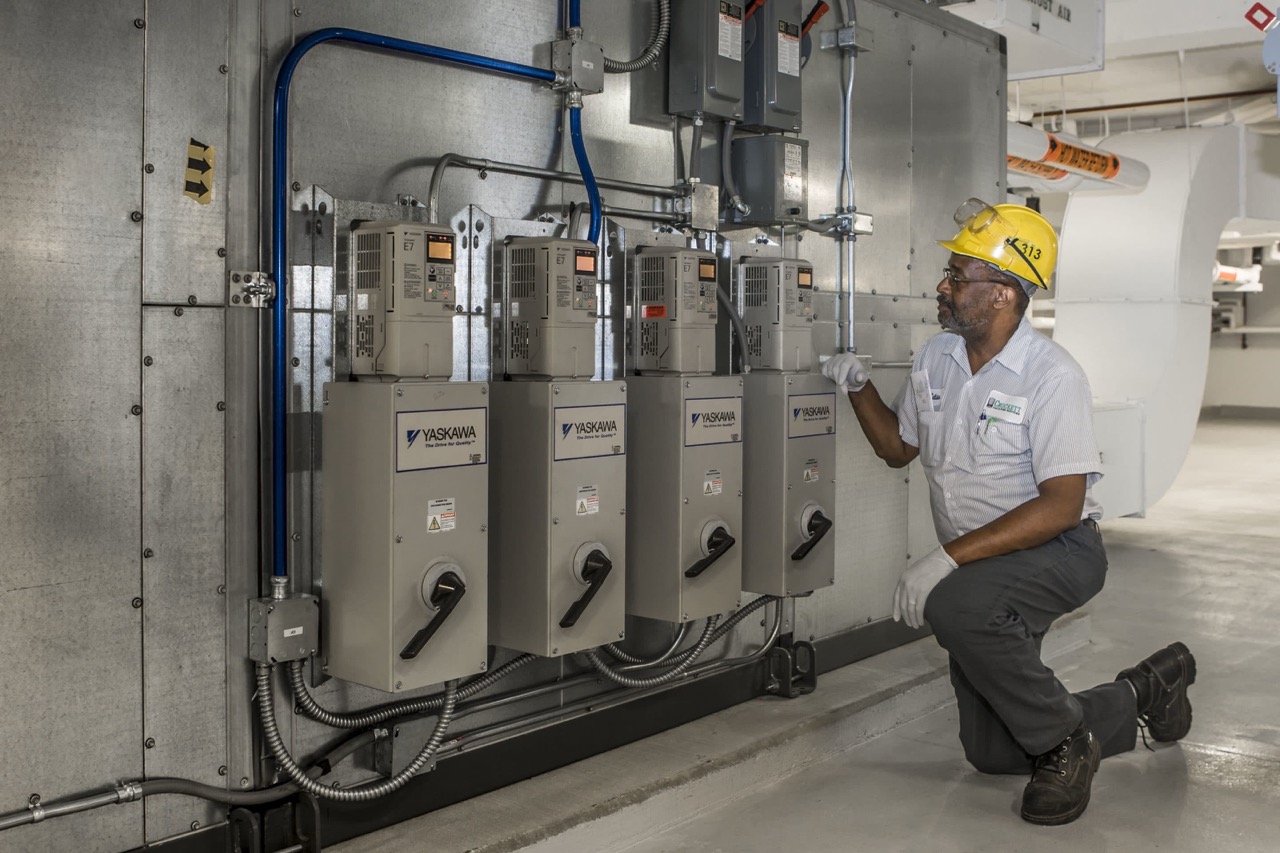
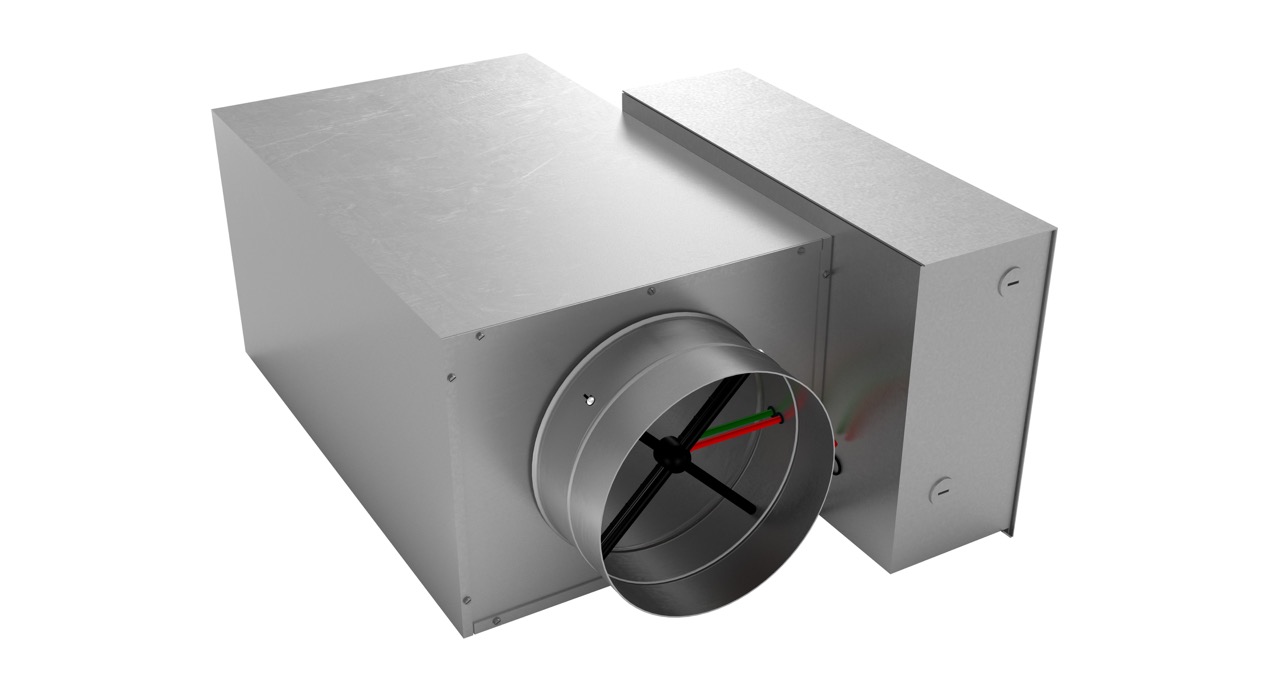

0 thoughts on “What Is A PTAC HVAC Unit”